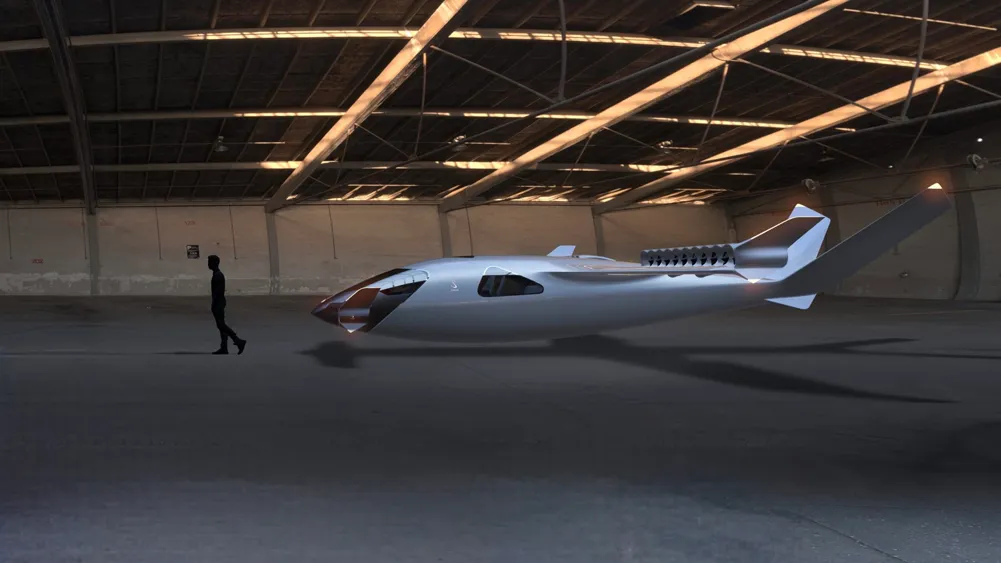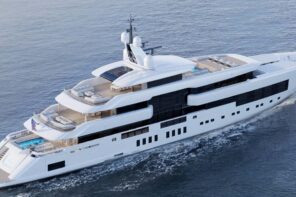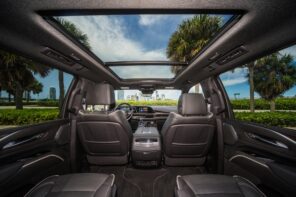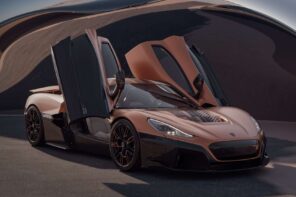A Swiss aviation startup revealed its ambitious plans to introduce two revolutionary zero-emission jets, slated for takeoff in 2025. Crafted in collaboration with BMW’s Designworks and the Sauber Group, these jets are propelled by an innovative hydrogen-electric propulsion system, promising silent and carbon-free travel.
The first of the duo, the Sirius Business Jet, caters to private fliers, offering seating for up to three passengers. With an impressive range of 1,150 miles, cruising speeds reaching 323 mph, and the ability to ascend to altitudes of 30,000 feet, this jet boasts outstanding performance. Additionally, it guarantees ultra-low noise levels, measuring just 60 decibels—a notable improvement compared to the 67 decibels of the Cessna Citation Longitude.
Conversely, the Sirius Millennium is tailored for commercial purposes and can comfortably accommodate up to five passengers. Sharing similar performance metrics with the business jet, the Millennium slightly sacrifices range due to additional seating, offering a still commendable 650-mile range suitable for regional flights.
The Sirius jets have the potential to redefine industry standards in terms of flight distance and speed. To provide context, the fastest known eVTOL in development, the Joby S4, boasts a top speed of 205 mph and a 150-mile range. As for VTOLs, Horizon Aircraft’s hybrid Cavorite X5 is expected to reach a maximum speed of 280 mph with a range of approximately 500 miles.
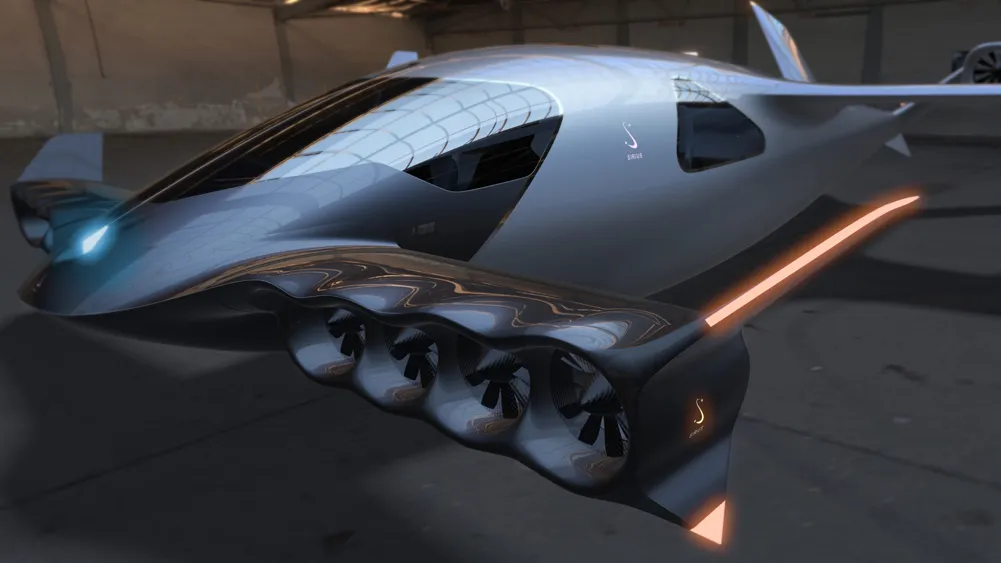
Notably, the Sirius aircraft is poised to be the pioneering hybrid VTOL powered by hydrogen rather than conventional jet fuel or batteries. Hydrogen, with its three times higher energy density per unit of mass than regular jet fuel and over a hundred times that of lithium-ion batteries, stands as a promising fuel source. While several companies are currently testing hydrogen in aviation, none have yet obtained certification or approval for commercial use.
Details about the specific design of the Sirius fleet remain scarce. However, the startup has indicated that the aircraft will merge the aerodynamics of a jet with the versatility of a plane or helicopter. Furthermore, the jets will employ a deflected vectored thrust system featuring 20 electric ducted fans for vertical takeoff.
The startup plans to unveil the aircraft’s groundbreaking propulsion system at the Payerne Airport in Switzerland on January 17, followed by a press conference. Aviation enthusiasts and industry observers are eagerly anticipating this significant milestone. Stay tuned for further developments.

